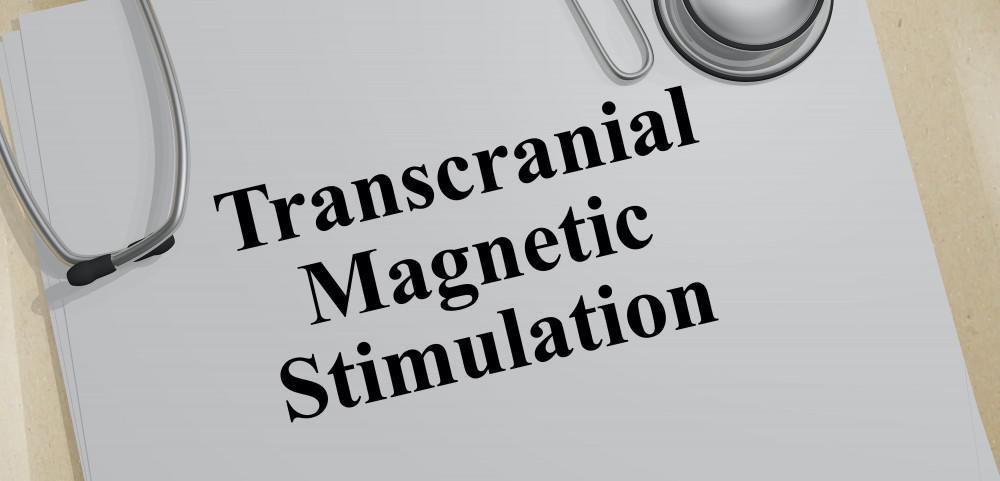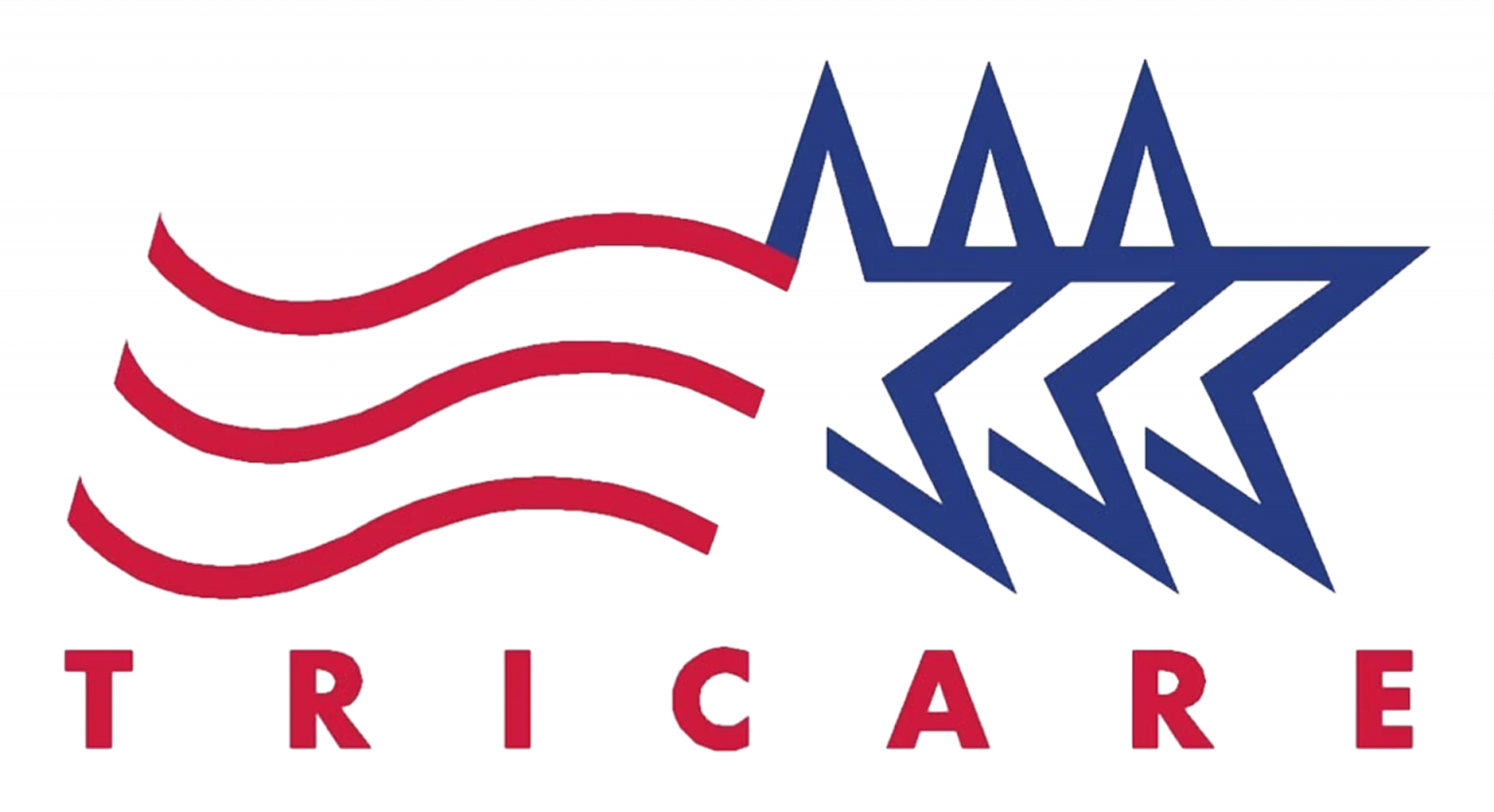One of the major concerns for people starting TMS therapy is how often they have to come after their initial course of treatment. The research is mixed in this area, and many psychiatrists and patients alike are confused about what to do after this initial course.
In general, there are three phases of TMS treatment:
Phase 1: Acute TMS. This is the initial phase of TMS therapy whereby patients come in regularly. Note that there is some variability here: in traditional TMS for depression, this is usually 5 days per week for 6 weeks. It could look like 10 times per day for 5 days straight (in the case of Accelerated TMS), or 5 days per week for two weeks for tinnitus treatment. The idea of the Acute TMS phase is that we are trying to increase neuroplasticity in target areas of the brain.
Phase 2: TMS Taper. The idea of the taper may or may not be outdated, but regardless, in traditional TMS it’s advised to decrease the 6 remaining sessions after Acute TMS over 2-3 weeks instead of coming in every day. When the FDA approved TMS in 2008, they approved a short taper in order to avoid potential discontinuation side effects that occur often with antidepressant medication. However, as TMS is not a medication, patients don’t actually experience discontinuation related side effects or “withdrawals” from immediate cessation of TMS. Regardless, the taper can be helpful for some people to see how effective TMS can be when re-integrating back into a world without daily appointments.
Phase 3: Maintenance TMS. Maintenance TMS is sometimes also referred to as “Preservation TMS,” and the idea is that sometimes the effects of TMS fade over time, and patients need to come in for periodic booster sessions in order to maintain the benefits of TMS therapy. Unfortunately, there are not specific protocols out there for maintenance TMS at this time—the number of sessions and the frequency of sessions is very individual-specific. In general, if one needs to do Maintenance TMS, they will probably come in for 1-2 sessions per month.
Be aware that not everyone needs Maintenance TMS. In fact, most people don’t need any sort of booster sessions. Research and clinical practice suggest that when TMS works, 35-40% of patients will need either an additional course of TMS in the future or Maintenance TMS in order to keep depression fully at bay. For this sub-group of individuals, the positive benefits of TMS tend to last for around 6 months before needing to come in for an additional TMS course of Maintenance TMS. The good news is that if TMS worked before, it’s highly likely to work again. In the 60-65% of individuals who maintain positive benefits from TMS after 6 months, research suggests they will continue to maintain these positive benefits for years.
Usually the initial response to TMS indicates whether someone will need Maintenance TMS or not. For instance, if they are in full remission after their TMS course ends, they usually don’t need Maintenance TMS. But if they are only a partial responder, then they usually benefit from booster sessions. If you’ve received TMS and feel that the effects are waning or that you’d like to explore booster sessions or an additional course, please contact us today to learn more about your options. Some patients are a better fit for additional courses, while others benefit from maintenance treatment only.


























